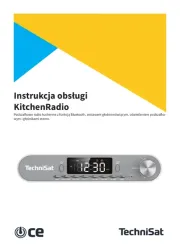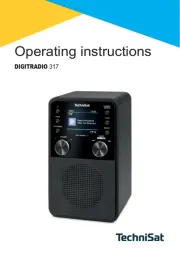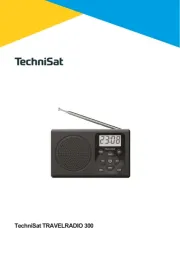TechniSat Digitradio 2S Manual
Læs gratis den danske manual til TechniSat Digitradio 2S (480 sider) i kategorien Radio. Denne vejledning er vurderet som hjælpsom af 20 personer og har en gennemsnitlig bedømmelse på 4.9 stjerner ud af 10.5 anmeldelser.
Har du et spørgsmål om TechniSat Digitradio 2S, eller vil du spørge andre brugere om produktet?

Produkt Specifikationer
| Mærke: | TechniSat |
| Kategori: | Radio |
| Model: | Digitradio 2S |
Har du brug for hjælp?
Hvis du har brug for hjælp til TechniSat Digitradio 2S stil et spørgsmål nedenfor, og andre brugere vil svare dig
Radio TechniSat Manualer










Radio Manualer
- Thomson
- Microlab
- Artsound
- Tevion
- ECG
- Ruark Audio
- Radionette
- RYOBI
- Pinell
- T'nB
- Infinity
- GlobalTronics
- Kayinow
- Rockford Fosgate
- Lowrance
Nyeste Radio Manualer









